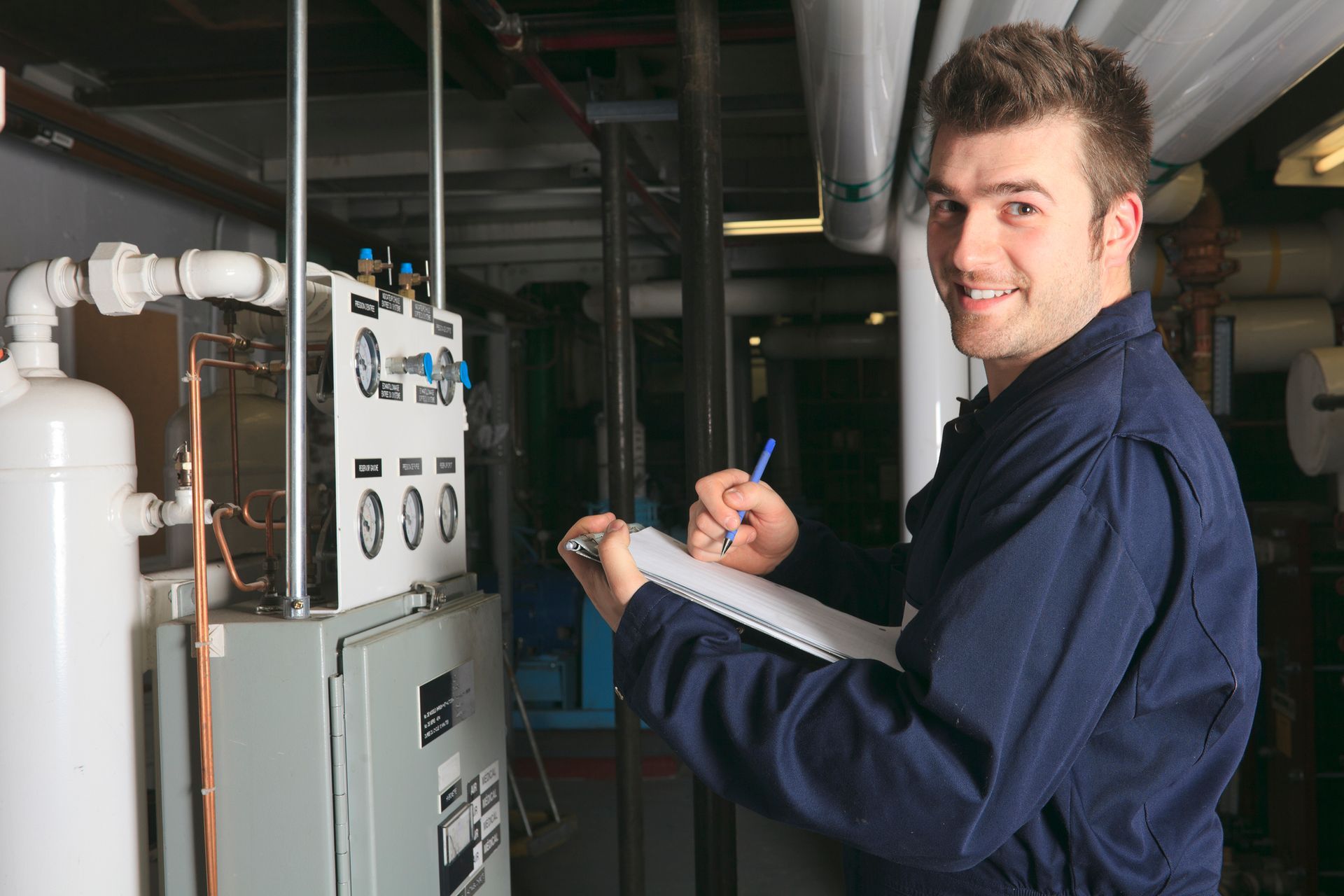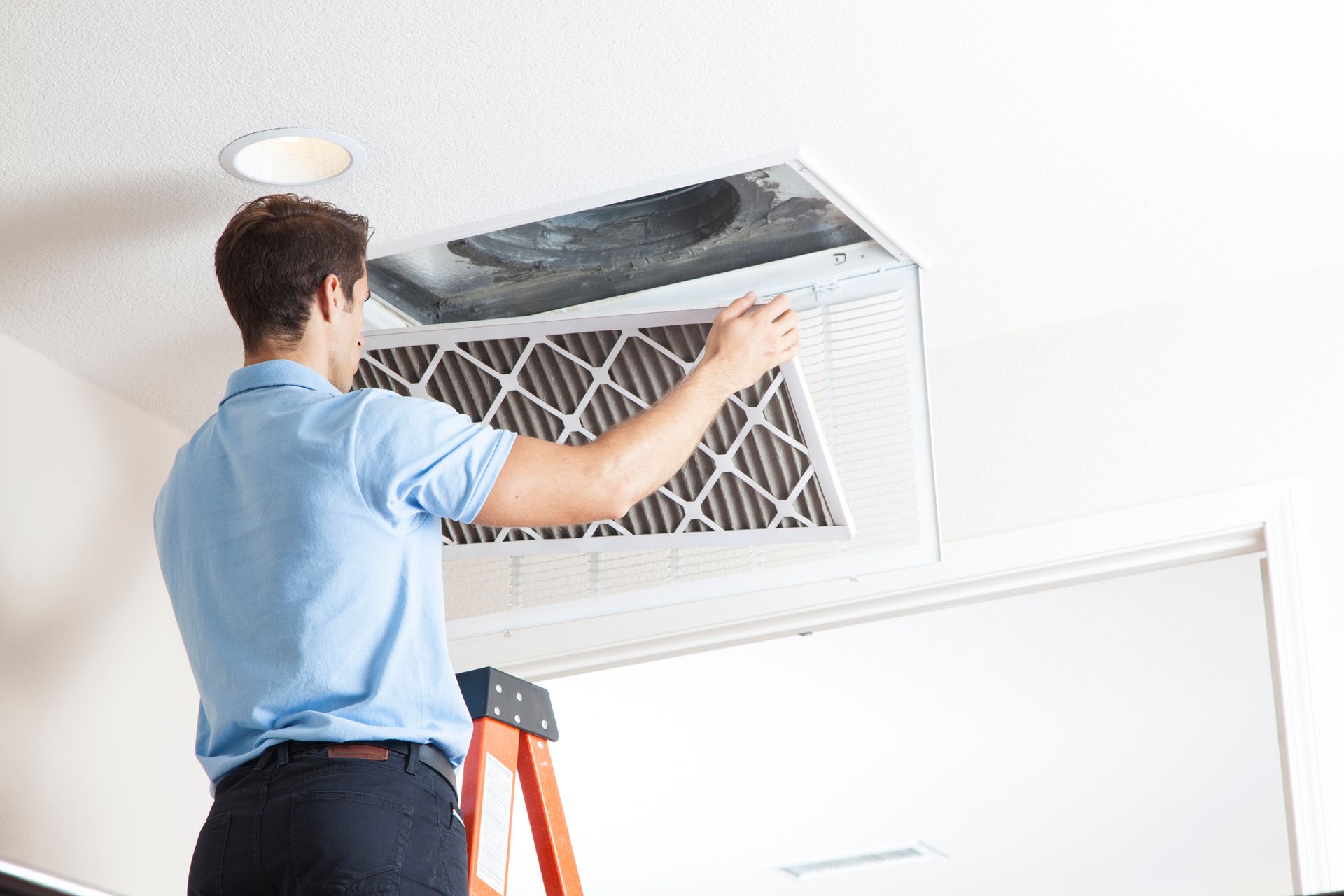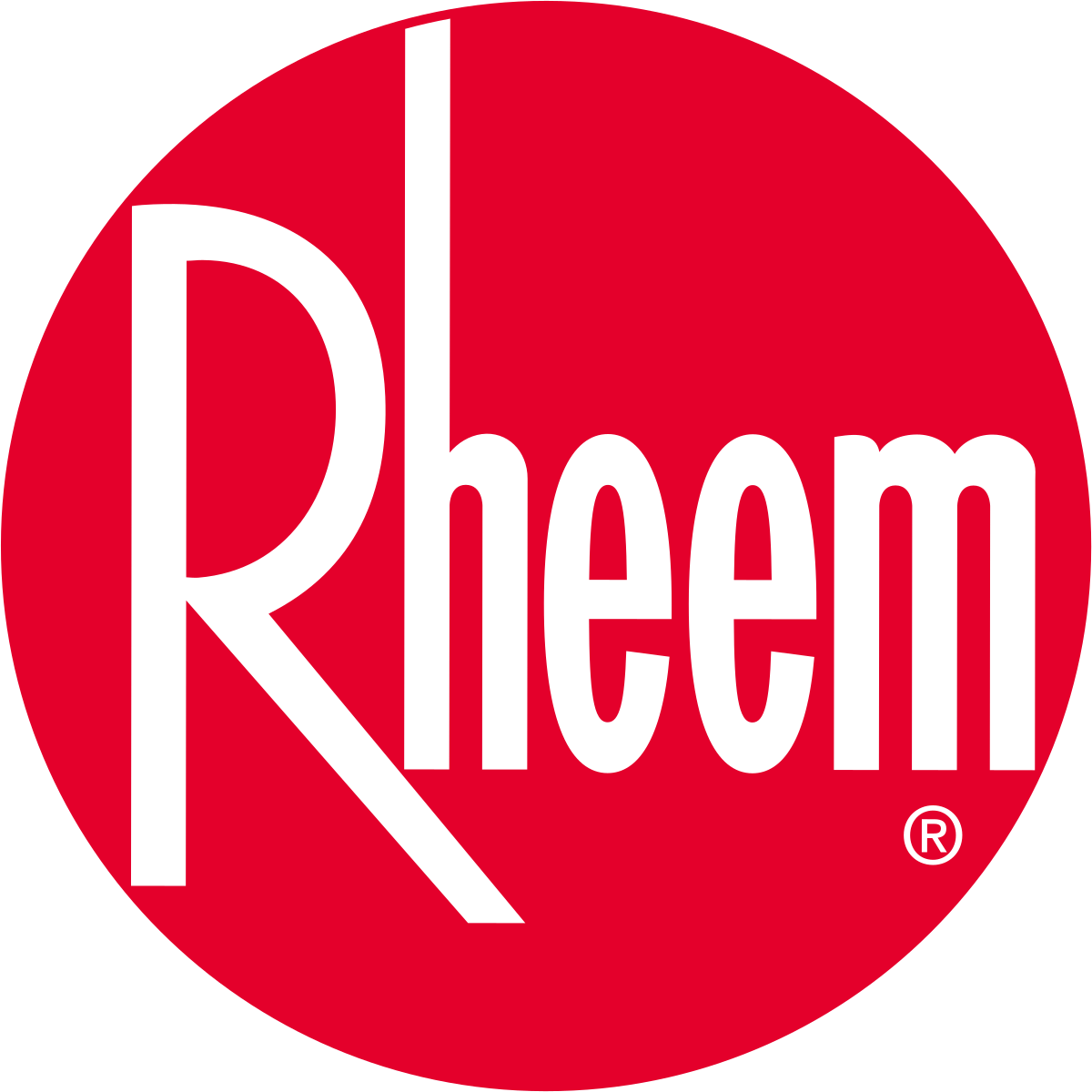Geothermal energy is energy extracted from the ground. This energy is in the ground in the first place because the ground absorbs the heat coming from the sun. This heat is always there, even when it is very cold outside. In fact, even when the ground appears to be frozen, you can actually extract plenty of heat to keep your Tualatin home nice and toasty.
While this may at first appear to defy logic, the way that geothermal energy can be used for heating your home is actually quite simple. A geothermal heating system typically consists of an indoor air handler with a fan, a series of air ducts for the heated air to travel through and a closed loop of pipe that extends into the ground below and around your home.
This closed loop of pipe is actually where the geothermal heat is collected. Some type of liquid, usually water or antifreeze, will be continuously run through this pipe loop. As the liquid passes through the area of pipe that is below ground, it will absorb the heat from the surrounding soil. Once the liquid makes it back up to the air handler, the heat is able to disperse, heating the air in the chamber.
This heated air is then circulated throughout your house through the ducts by a fan. After it has released its heat into the air in your home, the liquid will cycle back into the ground to absorb more. This allows a geothermal heating system to provide you with a constant supply of warm air.
Unlike a furnace , which mixes in blasts of very hot air with periods of inactivity to try and keep your Tualatin house at a constant temperature, a geothermal heat pump is able to provide a more consistent flow of air that is just the right temperature to keep your home comfortable. This means that these types of heat pumps are running just about all of the time as opposed to furnaces, but they are designed to work this way and the constant operation does not cause any excessive wear and tear.
Another great benefit of geothermal heat pumps is that they are able to keep your house cool in the summer as well. Just as the ground is warmer than the air in the winter, it is also cooler in the summer. That means that heat removed from your indoor air can be transferred to the ground in the same way that it was transferred in during the winter.
The post How Does Geothermal Energy Work? first appeared on Clean Air Act Inc..



















